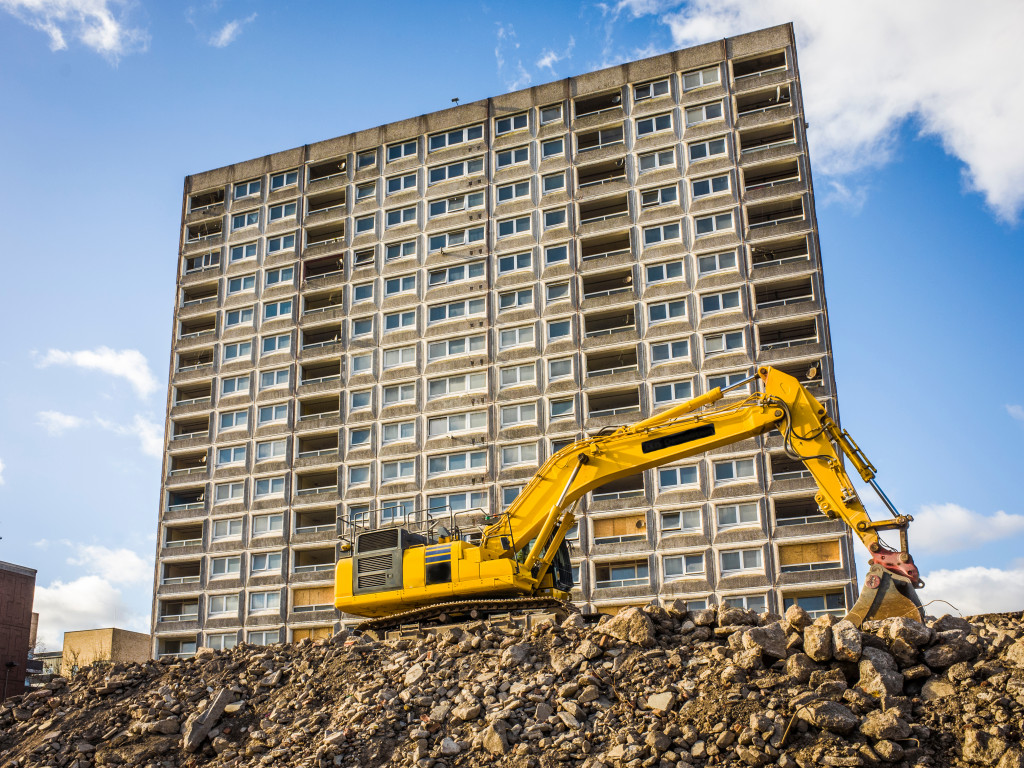- Developing a detailed and comprehensive plan and schedule is key to success in construction projects.
- Effective communication between stakeholders is essential for project success.
- Risk management strategies should consider project scope, budget, business environment, and relevant regulations.
- Cost control through financial tracking and reporting can minimize unexpected costs.
- Technology advancements like drones and robots can increase efficiency, accuracy, and safety.
Running a construction project can be a challenging and complex process. Multiple stakeholders are involved, and tight deadlines to meet and manage budgets. Therefore, effective project management is crucial to the success of any construction project.
Implementing effective strategies and best practices is the key to maximizing efficiency and success in construction projects. This blog post will discuss some of the most effective strategies that construction project managers can use to ensure their projects are completed on budget, on time, and to the satisfaction of all stakeholders.

Planning and Scheduling
The first step in maximizing efficiency in any construction project is to develop a detailed and comprehensive plan and schedule. This must involve creating a scope of work, identifying necessary resources, setting realistic timelines, and coordinating all stakeholders.
Integrated Project Plan
By developing an integrated project plan that defines all project tasks, time frames, and roles, you can ensure all stakeholders know when and what to expect. Developing an achievable schedule also allows all resources and players to be adequately allocated, covering any planning time and cost factors.
Communication
Stakeholder management is key to the success of any construction project, and this often starts with proper communication. The construction manager must establish regular communication channels with all stakeholders involved in the project. This includes informing all stakeholders of changes, tracking progress, and providing timely feedback.
Successful Project
By communicating regularly, the construction manager can keep everyone on the same page, which often results in smooth progression and project success. The construction manager should also provide stakeholders with clear expectations of their roles and responsibilities to ensure everyone knows what is expected of them. With a consistent and effective communication plan, stakeholders can work together to achieve project success.
Risk Management and Mitigation
Risk management strategies are a crucial component of any project, and it’s no different in construction projects. Construction projects often face risks such as unforeseen changes in design, weather patterns, equipment failures, and a labor shortage.
Contingency Plan
The construction project manager must mitigate all possible risks by having a proper contingency plan and establishing communication channels to advise stakeholders on any changes or delays. Risk management strategies should consider the project scope and budget, the current business environment, and any government regulations that may apply to the project.
Environmental Protection
Construction projects can also encounter environmental risks like soil erosion or air pollution. The project manager must ensure that all necessary precautions are taken to minimize potential environmental damage and protect the surrounding environment for future generations. The project manager should work with a company offering reliable stormwater management planning services to facilitate this. The company can help develop the plan and ensure it complies with relevant environmental laws.
Cost Management
Construction projects are often defined by their fixed budget that normalizes and helps set crucial financial prioritizations. Therefore, keeping track of all expenses and regularly reviewing budgeted estimates and actual costs is essential.
Financial and Progress Tracking
A financial and progress tracking & reporting procedure allows for timely cost control. The construction project manager should regularly review the budget to see if amendments need to be made or costs cut.
Reduce Unforeseen Costs
Cost control allows unforeseen costs to be avoided or minimized, and potential savings can be identified. By actively managing the budget, the project manager can ensure that the construction project stays within its financial boundaries.

Technology
Technology has transformed the construction industry in many ways. Integrating software and smart technologies to monitor and control various aspects of construction projects has increased efficiency, accuracy, and safety.
Suitable Technology
The project manager should ensure the technology adopted is well suited to specific projects with software that connects everybody involved easily. When properly used, these technologies go a long way in ensuring timely delivery, easier communication, and mitigating risks.
Drones and Robots
In addition to software, technological advancements have also driven construction projects with the help of drones and robots. Drones can be used for inspections, surveillance, aerial photography, and mapping. Similarly, robots can now manage more complex tasks such as bricklaying, welding, and operating heavy machinery.
Maximizing efficiency in construction projects is not a one-size-fits-all approach. The strategies outlined depend on the scope of each project, addressing potential concerns and proactively managing risks. Proper planning, effective communication, managing costs, and implementing technology are four crucial steps that are effective in ensuring success. Success often hinges on having experienced construction management teams and skilled laborers to execute the project efficiently and effectively. With these strategies in place, you can minimize problems and maximize success on your construction project.

